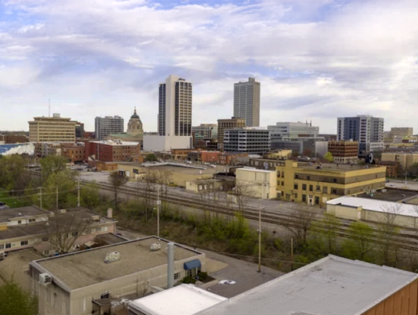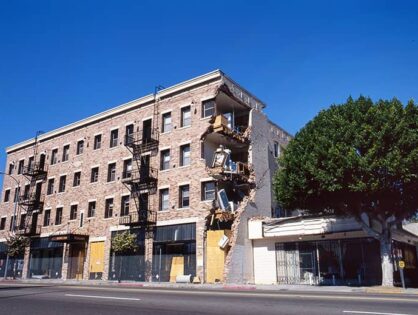Will SB 827 help California housing shortage?
LOS ANGELES, CA. – Failing to approve enough housing, the state Department of Housing and Community Development shows in a report released this last week.
And the state will now require in making it a little easier for developers to construct new projects that will include affordable units.
Beverly Hills, West Hollywood, and San Fernando with only three homes away to meet goals,
and thanks to the new state law that went into effect, the cities will be required to speed up the new approvals of certain developments.
And for those cities that fail to meet targets for market housing geared towards residents that are making more than moderate income, will have to streamline review of developments must include 10% of affordable units.
SB 827 and California
Los Angeles was on the right path to meet its overall goal of constructing 82,000 new homes by 2021, but the city fell short with affordable housing construction.
And as developers are looking for a quicker approval process to meet certain guidelines, their projects have to be located on an infill site (where it’s already been developed, or surrounded by other developments) and comply with zoning requirements where they build.
The new rules in development are allowing new developments to address the housing shortage contributing to escalating housing prices and rents that are unaffordable to many residents.
And with Los Angeles being particularly short on affordable housing and needing more than 500,000 new affordable units in order to satisfy the demand.
Though Los Angeles does not have any vacant land; we still have properties that can be redeveloped when it is being unused. The site urbanize.la has an article, Everyone Deserves the California Dream. It’s Time We Build Enough Housing to Provide It written by Hunter Kerhart, where he categorizes the Los Angeles city zip codes into three categories, #1 land with an existing single-family home, #2 land without existing residential use which allows multi-family construction #3 land that has existing multi-family construction, (with the exclusion of industrial land).
Kerhart expresses that we have treated single-family homeowners as an untouchable protected class, and this has caused developers to redevelop the scarce multi-family zoned land, where they must pay double per square foot, and creating this type of environment, where people are not moving out of their homes at a normal rate and is forcing L.A. to run off of tax revenues. Kerhart expresses,“Los Angeles is rapidly losing neighborhoods that are affordable at today’s income levels.”
Senate Bill 827 (SB 827)
And fortunately, leaving single-family homes the most abundant and reasonably priced for transformation was proposed in Senate Bill 827 (SB 827), where the legislation will provide various levels of upzoning within ½ mile radius of rich transit area, whereas it provides the most important economic, environmental and social justice bills in the California history.
Right now in Los Angeles, the developable land is so scarce, it is often overpriced above the residual land value, with $277/ft. reflecting the costs, and is also why the occupancy in the city of Los Angeles in 2017 was down by 20% and building permits in 2017 were down by 1%.
Though the misconception of single-family neighborhoods that would build into the mid-rise building is completely untrue, and second, the building would be incredibly complicated and expensive to construct and develop.
Kerhart provides photos of the four, attainably priced housing types that you can expect to see in transit-rich neighborhoods under SB 827 and provides some samples of what these housings would look like here.
SB 827 can further keep the California dream alive of graduating college, getting a job and returning to the neighborhood they grew up in and forming a household. And this will include adequate housing without forcing homeowners to move, and it will simply only take effect on the housing ½ mile away from the transit. It is time for California to get in line with other major housing cities and making meaningful decisions on tackling our current land use policies, and promoting economic equality.





